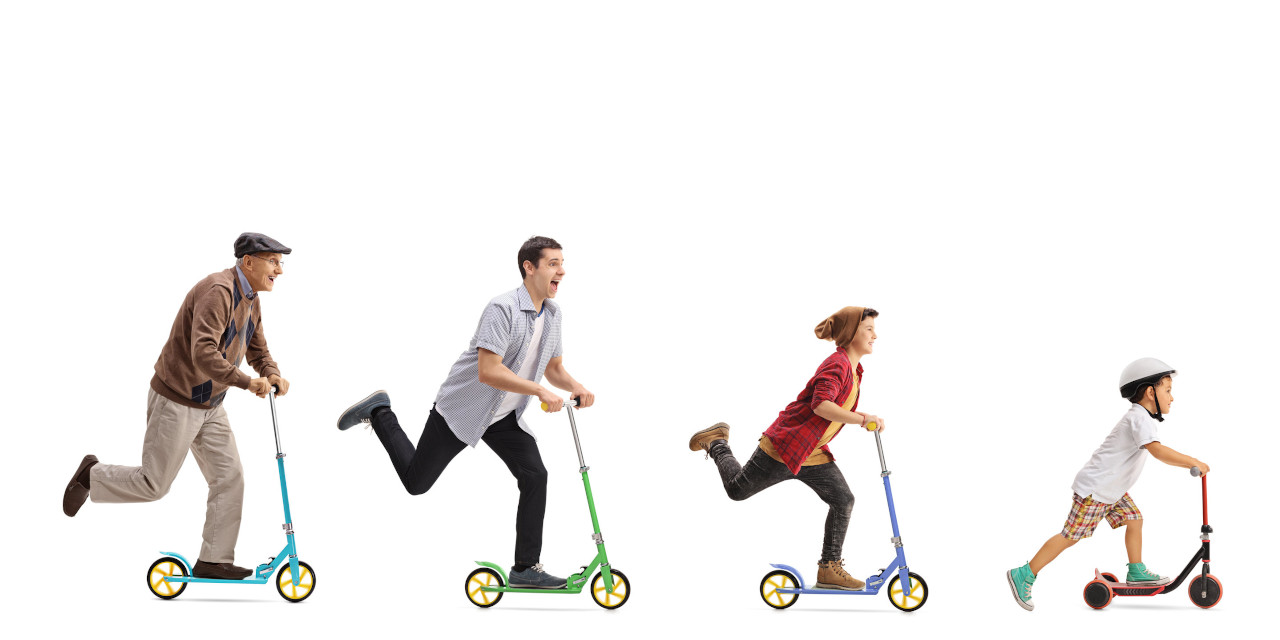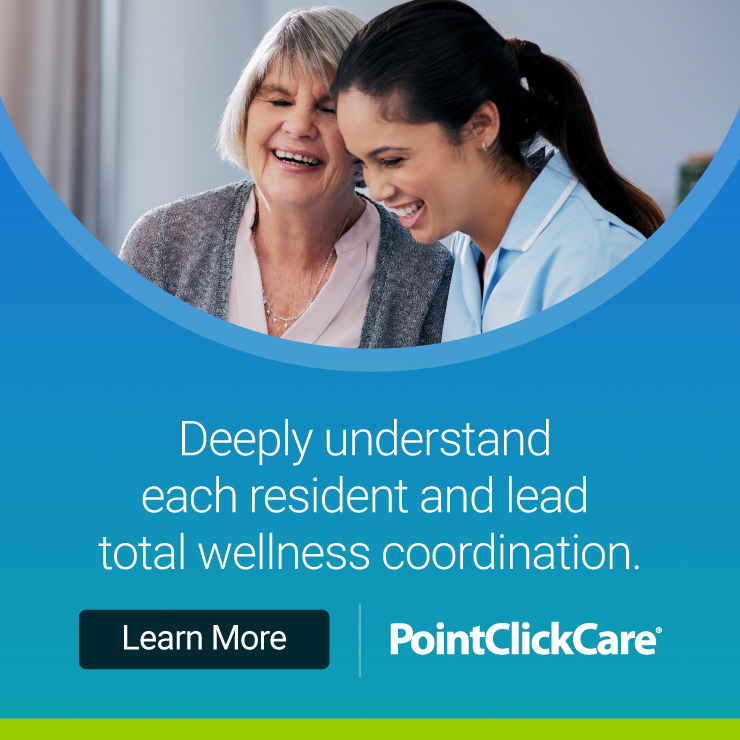By Lola Rain (Interview with Emma Meads)
“Old people are cool,” says my friend Charles de Vilmorin of Linked Senior. This is a sentiment that I share. I’m one of the lucky ones. I grew up with all four of my grandparents, and they were great role models. I couldn’t imagine life without them, and that is why I am dedicated to being the best grandma to my little grandson. We have sleepovers, go hiking in the hills, garden together, and play kickball in the house.
I often think about all the children out there without relationships with older adults. They don’t know they are missing out. I encourage everyone in our industry to become stewards of intergenerational activities in order to bring joy to more people.
As we begin to plan for post-COVID programming, let’s reimagine how older adults interact with kids. This might mean an official program where a classroom comes to visit, or special events like a carnival for neighborhood children, or a bring your kids to work day.
I recently spoke with a colleague about the benefits of bringing youth into senior living communities. Emma Meads worked in a CCRC activities department while in college and is now with Rendever, a Boston-based virtual reality company.
The Joy of Youth
Lola: Emma, generally kids can’t wait to become adults. But when we become adults, we dread becoming old. Why do you think this is?
Emma: Growing up, I hated Saturdays. Before my sisters and I could play with the neighbors, go to the pool, or do literally anything fun, we had to do our “Saturday jobs” — i.e., the dreaded weekend chores. My Saturdays were tainted with responsibility, and I couldn’t wait to grow up and experience Saturday morning freedom. I would no longer be at the mercy of someone else’s rules. There is this idealized sense of freedom we think exists on the other side, but we are unaware of the responsibilities that come with it. Once we become adults, we are exposed to mortgages, taxes, 401ks … all things that make me wish the extent of my responsibilities were just my Saturday jobs. We want freedom until we become adults and discover the mountain of responsibilities that come with it.
Lola: Dr. Bill Thomas, a leading geriatrician, has said that when we humans look at youth, our brains get flooded with chemicals like dopamine and oxytocin. We experience pleasure and joy when we look into the faces of babies and children — and pets too! What does this mean for older adults living in a community setting?
Emma: A lot of residents don’t get to interact with youth simply due to the structure of senior living. Seniors are placed in a space that is disconnected from the greater community — they have a community within their home, but unless there is active effort to bring in high school choirs, Boy Scout or Girl Scout clubs, or pet therapy programs, they don’t get the dopamine and oxytocin release that you or I might get when we see a baby at the grocery store or a dog walking in our neighborhood. These are small moments we take for granted, and residents may be missing these sparks of “feel-good” chemicals and not even know it.
Lola: When I worked with a program called Eskaton Kids Connection, I noticed it was the same dozen residents each visit, yet we’d have 28 to 30 kids. You could see the smiles on the residents’ faces. They looked forward to the next visit. How do you think staff can get more residents to participate in group activities?
Emma: I have grappled with this conundrum as well. I want the residents to have the autonomy to choose what they do with their day, but from my own experience, there are some days where staying in a comfy bed, especially during the winter, seems more enticing than going on a walk or a bike ride. But, if my friend drags my begrudging self out the door, within five minutes I am happier that they encouraged me to do so. Sometimes you need that person to get you out the door and you will be happier because of it. But there is a delicate balance between gentle encouragement and forceful encouragement. I have yet to find that balance.
Intergenerational Vs. Multigenerational
Lola: What’s the difference between intergenerational and multigenerational? Does this vernacular impact how we approach building and promoting programs?
Emma: Even on the scholarly level, there are discrepancies as to the synonymous nature of the phrases. Feliciano Villar from the University of Barcelona says that intergenerational relationships include two or more generations where they engage in activities that can help broaden their perspectives. Intergenerational studies are focused on the mutual influence among generations and how such an influence potentially changes their beliefs, attitudes, and behavior.
Whereas, he defines multigenerational relationships as relationships “to share activities … but not necessarily an interaction nor an influence among them.”
Thus, the multigenerational relationship is the “umbrella” term, as it has a broader meaning, whereas intergenerational dynamics are a specific facet of that.
The Perfect Progam
Lola: If you were to build the perfect program where older adults and youth interact, what would that entail?
Emma: There are some great companies leading the charge. Generations United is creating projects and programs and advocating for public policy change to support more intergenerational collaboration. They recognize current programs that are doing monumental work in bridging the age gap and also provide resources for organizations wanting to start their own programs. I think there is a lot of untapped potential for preschool programs and senior living programs to coexist. For the kids, it can provide positive exposure to aging and help them build social-emotional intelligence. For elders, it will give them a space to share their wisdom and values and fulfill a sense of purpose.
Thanks, Emma, for your insight.
Be an Intergenerational Champion
I believe there are three reasons we should champion intergenerational activities.
- Growing old is a beautiful thing, and we can help shift this perception. We can normalize the changes to our body and looks so they become a positive part of aging. Like my friend Flo told me, “I earned every single one of these wrinkles, and I am proud of them.”
- We need youth to aspire to work in senior care. When we expose them now, they will become like — passionate about our elders.
- Our residents need this. They need dopamine and oxytocin. They need pleasure and joy. And it is a wonderful way to provide that for them.
Foresight is preparing for EVOLVE 2022, a virtual summit for front-line activities professionals and their leadership teams. To register, please click here.







